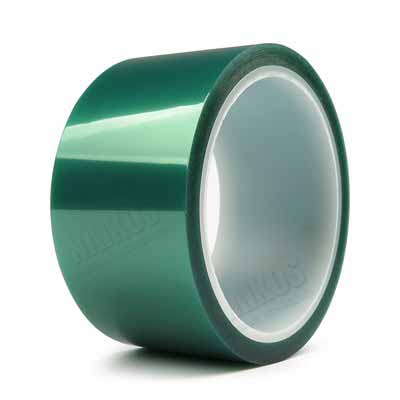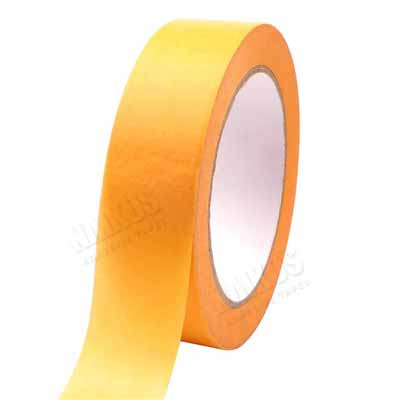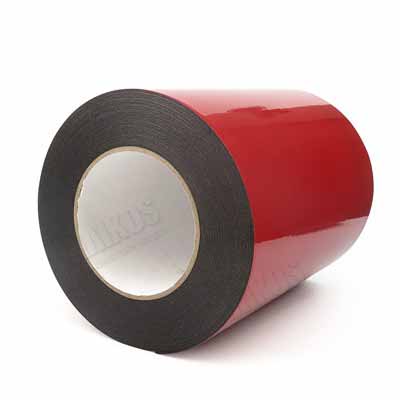ESD Polyimide tape is most commonly utilized in the electronics industry to mask conductive components on circuits or to cover sensitive electronic components during manufacturing. It's effective for both manual and automated hand-soldering methods, including strip soldering and spot welding applications. In addition, it's a great product for protecting against the discharge of solvents during welding. This makes it an excellent option for protecting circuit boards from contact with oil, grease, and other materials that can easily damage circuits.
There are several advantages to using ESD Polyimide tape. For one, its high-temperature resistance provides an added measure of safety around electronics that's especially important in the food and pharmaceutical industries. Additionally, the material's ability to provide a high amount of electrical insulation makes it an excellent solution for insulating circuits and other forms of electrical circuitry. This electrical insulation provides safety and flexibility for any type of application.
ESD Polyimide tape is also used to create a thicker layer of electrical insulation than other forms of electrical insulation. The added thickness can help reduce the power consumption of household appliances, and the extra barrier can prevent the flow of liquid into certain areas of household appliances, such as under the kitchen sink. Additionally, the thickness and added layer of ESD Polyimide can help prevent corrosion and increase the overall life span of circuit boards made from this material. Finally, the reflective properties of the material allow it to be applied to circuit boards of various sizes and shapes, which can further increase its usefulness and functionality.
One disadvantage to using ESD Polyimide tape in high-temperature applications is that it may fail at elevated temperatures. Generally, these higher temperatures occur when large sheets of polyimide are exposed to open flames, or when they are exposed to extreme amounts of heat, such as during the process of burning a candle. While polyimide tape has a high melting point, it does melt at around 200 degrees Celsius, and its melting point is lower when it is exposed to high temperatures. When melted, the silicone adhesive polyimide tape can form bubbles, which will release small leaks that will eventually cause a small hole to appear on the surface of the material, creating a potential leak. For this reason, it is often used in fireproofing applications.
In addition to these situations, ESD Polyimide tape also tends to adhere too strongly to itself, which can cause it to pull away from an installation. Because of this tendency, it is often combined with high-temperature epoxy resins. In these applications, the epoxy resin will harden into a sticky compound that can adhere to the surface of the polyimide film, while still permitting air to flow through the material. By providing additional adhesive, the ESD Polyimide Film can be used in a variety of applications where it may otherwise fail, including barrier protection, fireproofing, and anti-static insulation.
The low-end polyimide tape has a number of advantages over standard ESD materials. The low-end polyimide material is much less expensive than most standard ESD materials. Additionally, because it contains no moisture, it poses no environmental risks, although prolonged exposure to moisture and humidity may reduce the stability of the tape. It also allows the use of flexible tapes that do not have to be permanently affixed to a surface. The combination of all of these factors leads to the low-end polyimide tape being an excellent alternative to standard ESD materials.




